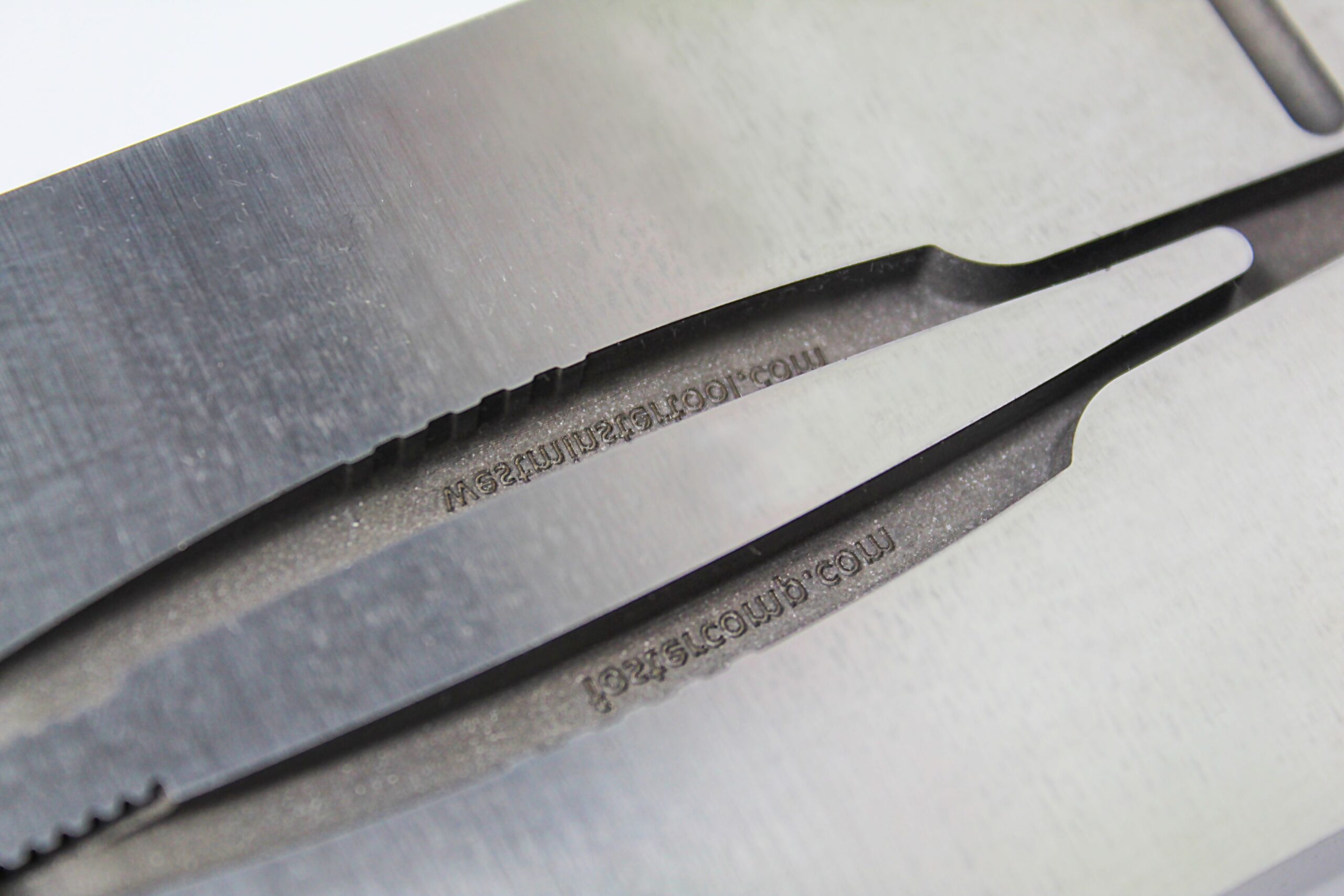
Westminster Tool, Plainfield, Connecticut, recently announced its recent partnership with Mantle Inc., San Francisco, California, and Foster Corp., Putnam, Connecticut, in developing a new case study for the medical device industry. The project set out to create medical-grade forceps while testing the design, material, manufacturing and injection molding process with metal 3D printed cavities.
The case study is one among several on Westminster Tool’s journey to explore metal additive applications in the moldmaking industry. Since 2019, Westminster Tool and Mantle have worked together on exploring opportunities for additive.
Using Foster’s latest polymer from Arkema, Westminster Tool worked with Mantle to design and produce metal 3D-printed cavities for research and development. Westminster Tool and Foster got together in December of 2021 to discuss Foster’s supply of the new material, known commercially as Rilsan® FKZM 65 O TD MED, a glass-filled, advanced bio-based polymer designed for medical devices.
Considering their shared experience with the medical industry, Foster CEO Larry Acquarulo and Westminster Tool President Ray Coombs discussed running the material with Mantle printed cavities. “The idea is that we could create a production-environment prototype tool quickly, and Foster would get real-world medical device examples for potential customers,” Westminster Tool Manufacturing Engineer Eddie Graff said. Graff worked with engineers at both Mantle and Foster to see the project through to completion. “We’ve worked with glass-filled medical resins before, so we already had that experience, but this material was really unique.”
According to Graff, the material’s high-density glass filling meant it was highly abrasive and would likely pose challenges in a traditional aluminum prototype tool. “Trying to get quality parts on a quick aluminum tool can sometimes be difficult; the material is really abrasive, and the molding parameters are super narrow.” As a result, metal 3D-printed cavities from Mantle became a popular prospect early on.
Mantle’s printed cavities in this situation not only allow for the use of a subgate to mold thousands of parts without worrying about eroding the gates, but they also enable Westminster Tool to put in cooling lines and more effectively control the cavity temperature, which is critical to molding this particular material.
As with many new materials, all that was provided for the initial design kick-off were sample parts and technical info such as material characteristics and processing conditions. According to commercial info from Arkema, the material was developed specifically with surgical instruments in mind. Not only does the material offer high performance but emphasizes sustainability, being devised from castor oil. “We were really eager to work with a renewable resin like this,” Graff said.
Westminster Tool was able to review the sample parts, technical info, and reverse engineer medical forceps designed from the perspective of using additive manufacturing. “Designing for additive is a completely different mindset,” Graff said. “It’s challenging because you’re considering features that would never have been possible with machining. Not even EDM or 5-axis milling.”
One example of these features is the conformal cooling that Mantle printed into the cavity block, all while holding the tight tolerances required of the part geometries. “We would have traditionally constructed the cavity as two separate pieces welded together, which is a whole added cost.” Features like this also impact time. When on is working on a project for prototyping, Graff said, lead time is top priority. “You want to test it out and test it fast, so a lot of those prototyping projects are usually willing to sacrifice on quality in favor of time.” But that was not the case for this project. “From the very start, we approached this like any major customer, with an in-depth DFM process and a full-scale DCII process development to determine ideal molding parameters for quality parts.”
By using Mantle to print the cavities, and with minor post-processing such as grinding, milling, and EDM, Westminster Tool was able to kick off FOT molding in three weeks. The printing of the cavities alone – both sides being printed simultaneously – only took roughly 86 hours. “That’s three weeks to get quality medical parts from design to a prototype tool. It’s incredible,” Graff said.
Westminster Tool Inc., located in Plainfield, Connecticut, is a moldmaking company that specializes in innovative manufacturing solutions for plastics and composites. Westminster Tool Inc. is dedicated to continually innovating and providing customers with the latest in machining and software technology. In addition, Westminster Tool offers solutions from concept through development and into production to satisfy aerospace, medical devices or consumer packing requirements. Persistently striving for strategic excellence, Westminster Tool creates a business model that stands out from its customers. For more information, visit www.westminstertool.com.


